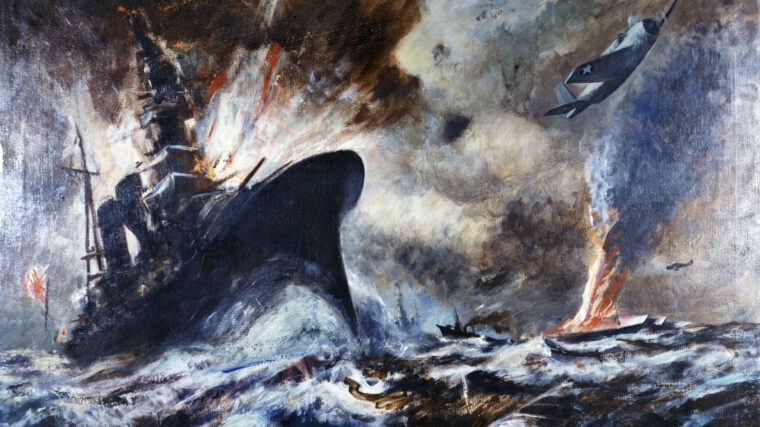
WWII
Turning Point In The Pacific
By Michael E. HaskewDespite more than a decade of triumphs in Asia and the Pacific, by the spring of 1942 the Japanese military establishment was in a somber mood. Read more
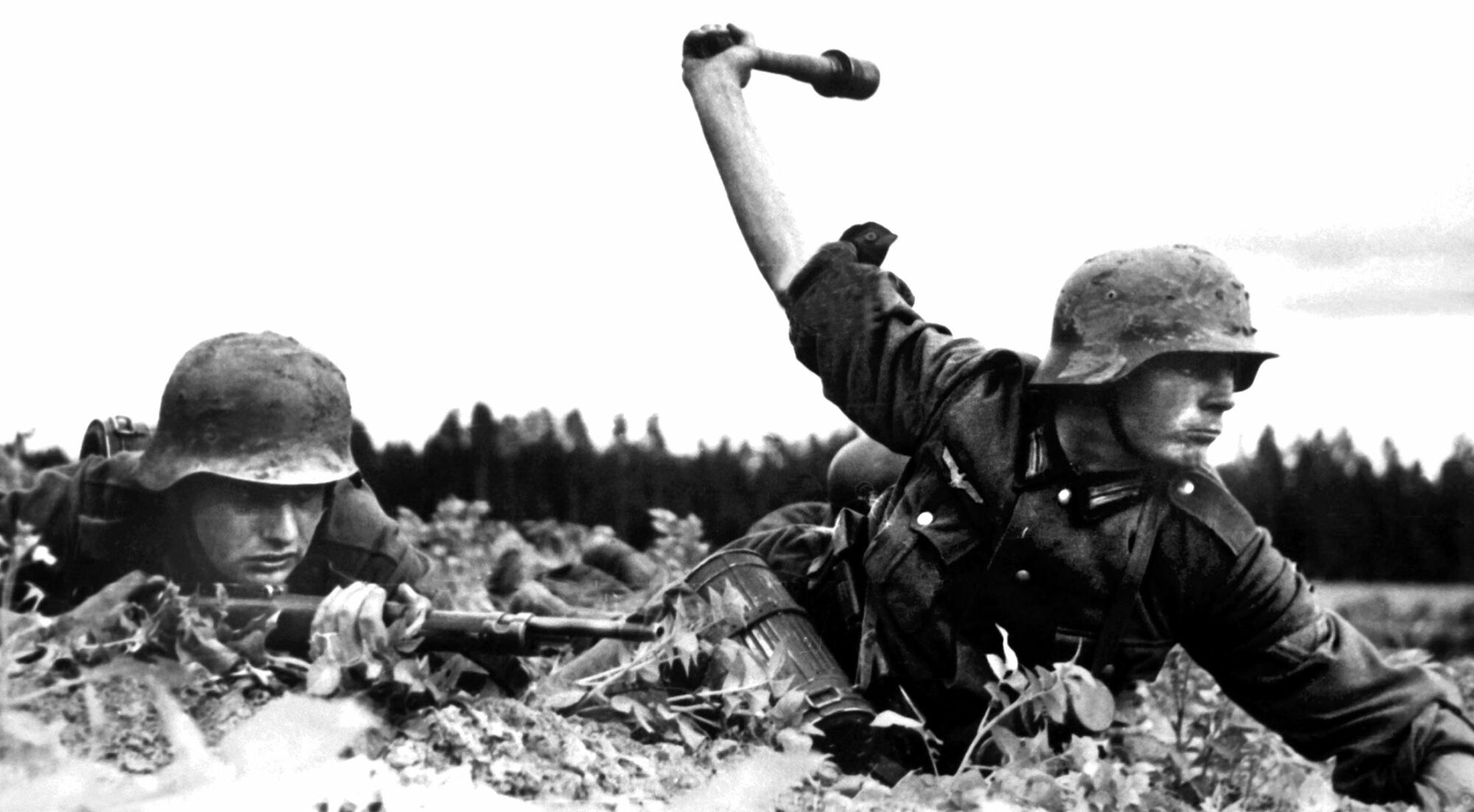

WWII
Despite more than a decade of triumphs in Asia and the Pacific, by the spring of 1942 the Japanese military establishment was in a somber mood. Read more
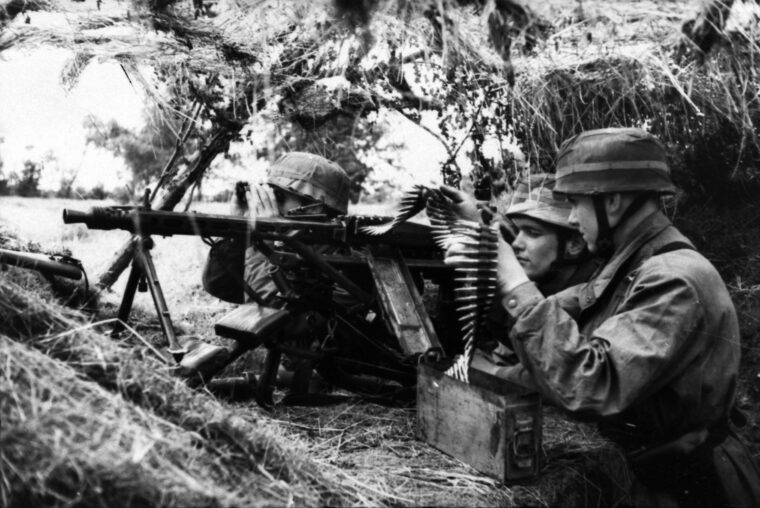
WWII
Whether fighting in the mountains of the Italian peninsula, assaulting Nazi defensive positions along the vast Russo-German Eastern Front, or clashing with German Army opponents from Normandy to the Elbe River, from 1942 to 1945, Allied soldiers in World War II faced a determined enemy armed with the most effective machine gun produced during that struggle: the Maschinengewehr 42, or the MG 42 for short. Read more
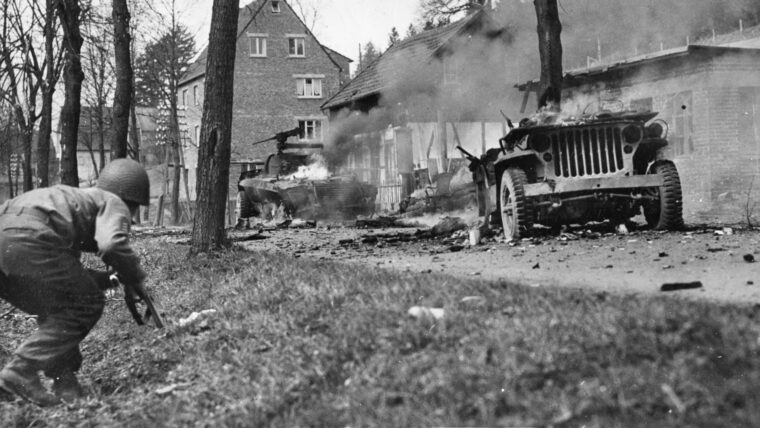
WWII
The Messerschmitt Bf-109 fighter plane dove out of the sky with machine guns firing. The pilot’s target—a pontoon bridge being stretched across Germany’s Werra River by American engineers. Read more
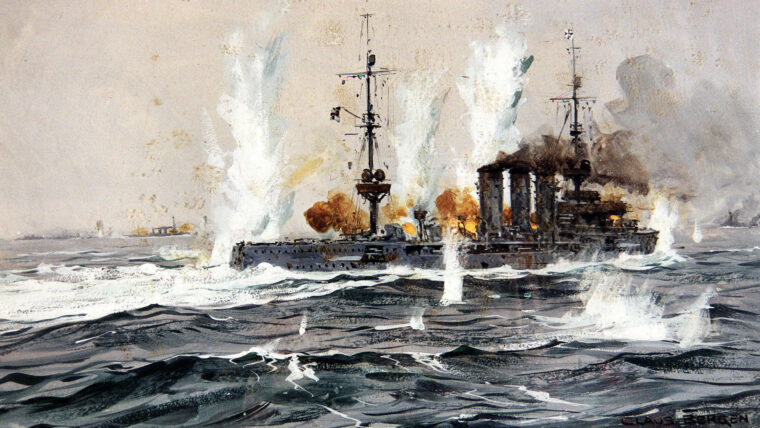
WWII
Commodore Reginald Tyrwhitt of the Royal Navy was in a grave predicament on August 28, 1914. His force was near the German base at Heligoland Bight. Read more
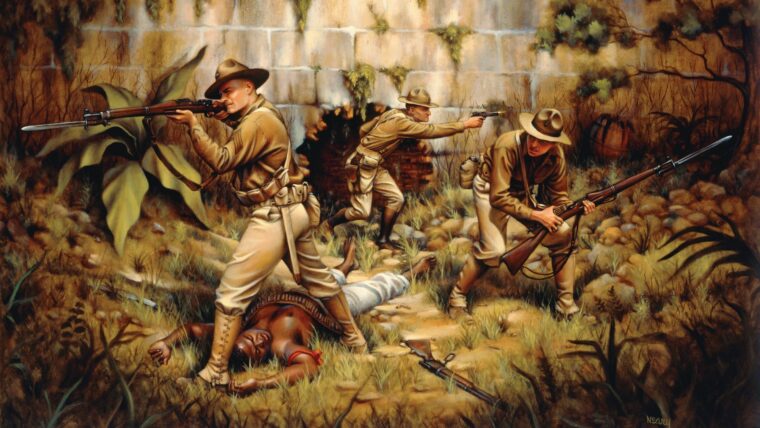
WWII
On November 17, 1915, Major Smedley Butler and a small force of U.S. Marines approached the old French bastion of Fort Riviere in Haiti. Read more
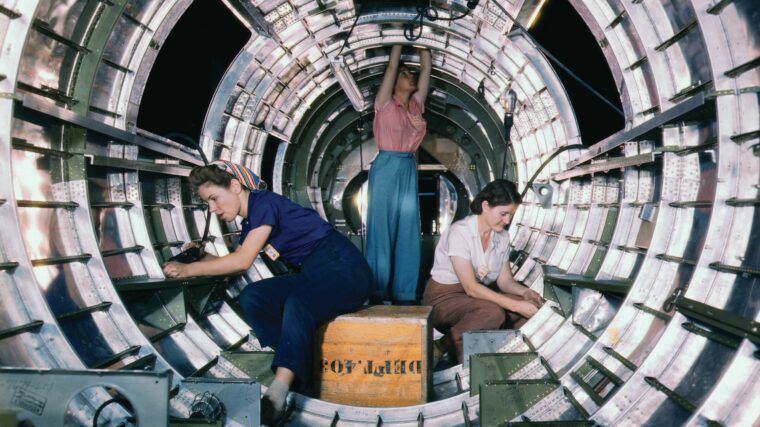
WWII
The iconic image of a woman in overalls, her hair tied up in a bandana, and flexing her bicep below the headline, “We Can Do It,” is one of the most recognizable images from World War II. Read more
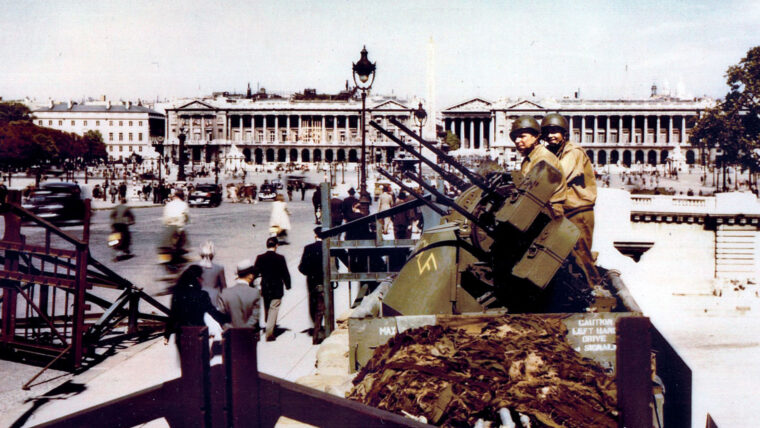
WWII
Almost every soldier on western European battlefront wanted to get to Paris. Once it was liberated on August 25, 1944, it became a mecca for Allied soldiers on leave who filled the streets, bars, and historic buildings, enjoying a brief respite from the war. Read more
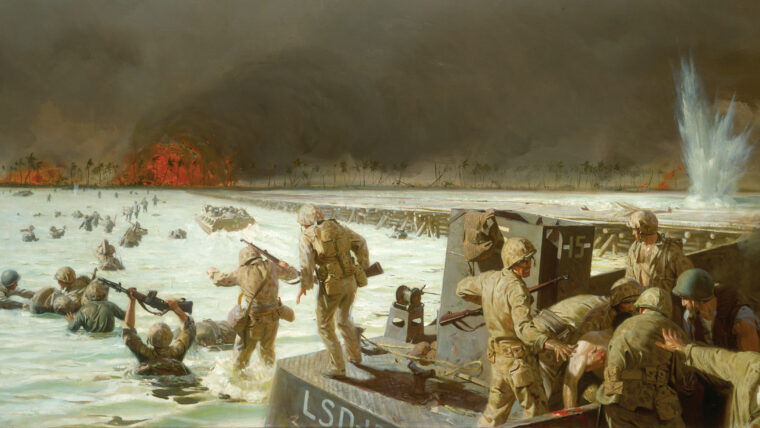
WWII
Seventeen months after the juggernaut of Japanese conquest in the Pacific had come to an abrupt end with the Battle of Midway, American strategists were ready to launch their long-awaited offensive in the Central Pacific. Read more
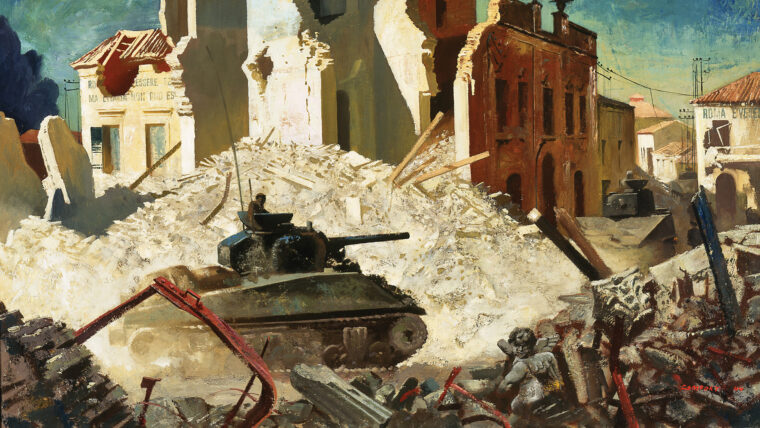
WWII
“Where the hell have you been?”
Major Bert Kennedy, acting commander of Canada’s Hastings and Prince Edward Regiment of the 1st Canadian Infantry Brigade, asked Lieutenant Farley Mowat of the intelligence section. Read more
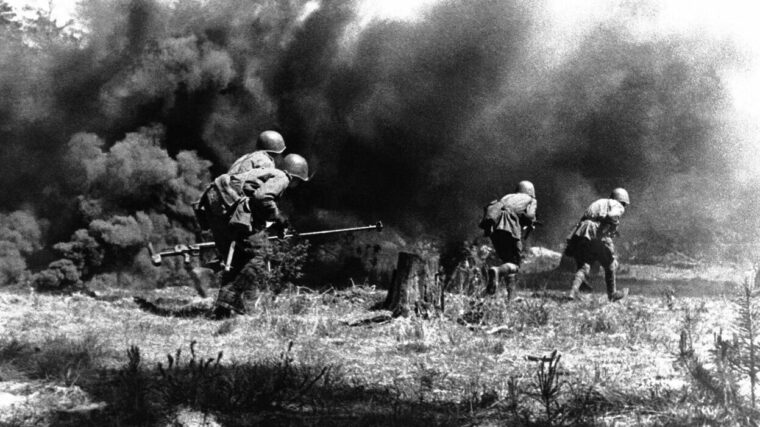
WWII
The German panzers approached the Russian artillery column as it moved to a new position. As the troops trudged toward their new firing point, six panzers appeared, rampaging into the Russian rear area, no doubt searching for vulnerable targets to destroy. Read more
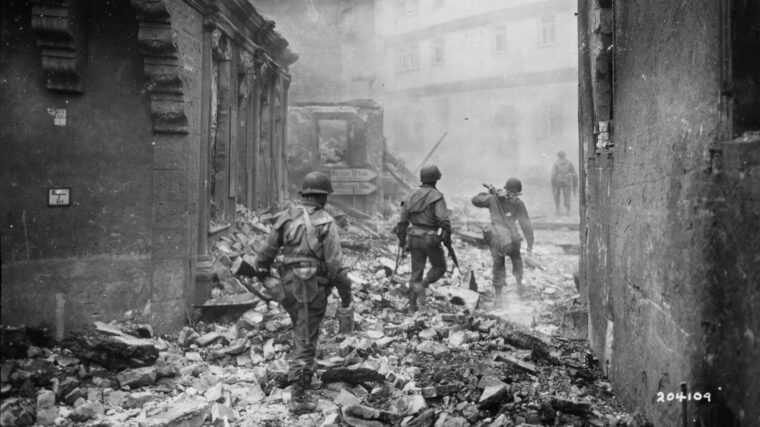
WWII
Like something out of a dream, a soldier walked into the command post. He unspooled a line of wire, hooked a field phone to it, checked the line, and handed the receiver to the officer in charge, Captain Howard Trammell, saying, “Someone wants to talk to you.” Read more
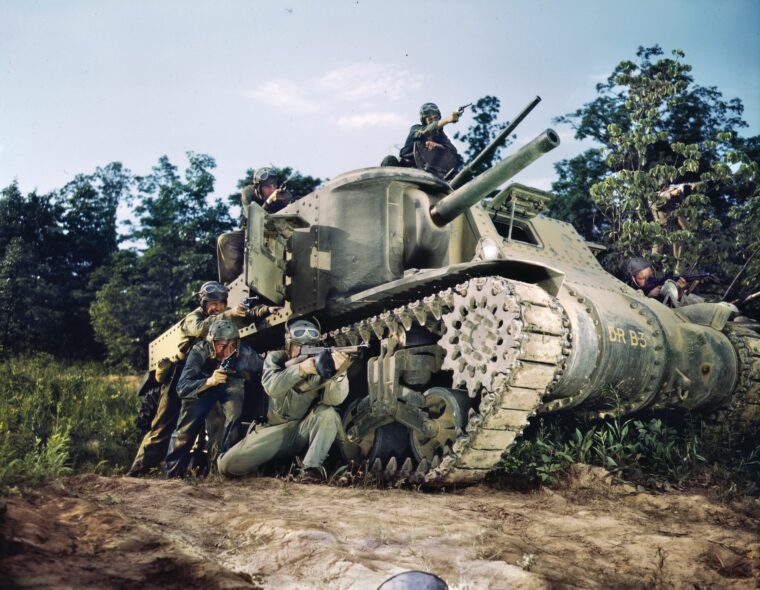
WWII
The United States had not yet entered World War II when Time magazine noted that the Army had created two new armored divisions. Read more
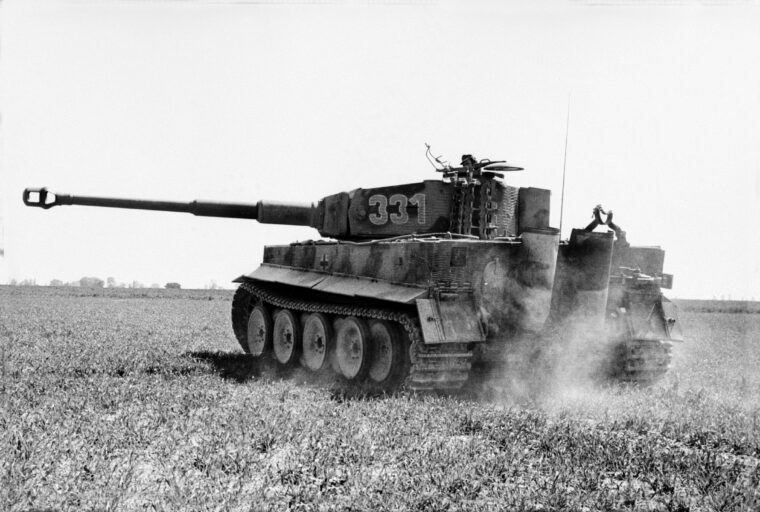
WWII
The ongoing debate between German Field Marshals Erwin Rommel and Gerd von Rundstedt over how best to use the German Army’s elite panzer divisions against the coming Allied invasion ultimately reached no clear conclusion. Read more

WWII
The citation made it plain. U.S. Marine Corps Demolition Sergeant Hershel W. “Woody” Williams had exhibited extraordinary courage during the bloody, protracted fight for the porkchop-shaped scrap of land in the Volcano Islands known as Iwo Jima. Read more
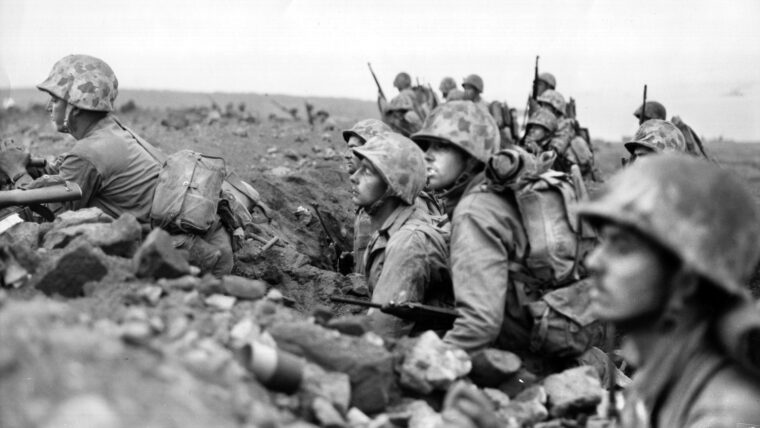
WWII
The Boeing B-29 Superfortress bomber nicknamed Dinah Might struggled to stay in the air on the afternoon of March 4, 1945. Read more
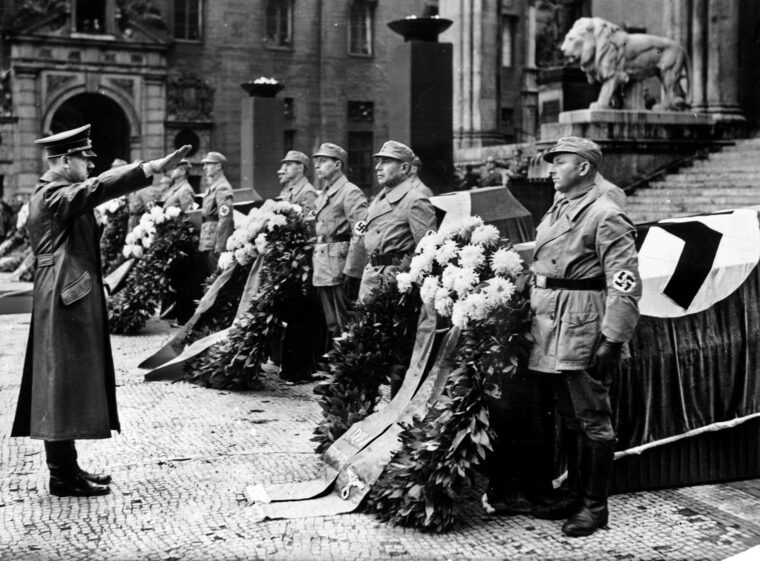
WWII
Sir Alexander Cadogan did not believe it.
He had been given a report from Admiral Sir Archibald “Quex” Sinclair, head of MI6, on October 6, 1939, that German generals were reaching out to the British Embassy in The Hague in neutral Holland, to orchestrate a coup against Adolf Hitler that would replace the Nazi regime with a military junta, which would then make peace. Read more
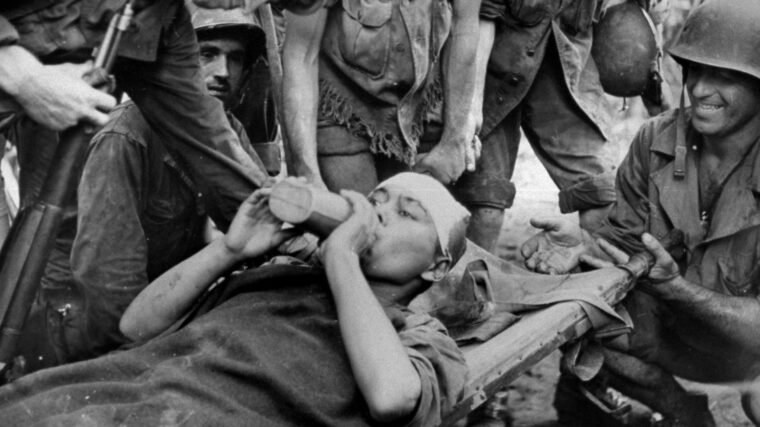
WWII
The first recorded encounter between American forces and Koreans in the Central Pacific during World War II came at Tarawa Atoll in November 1943. Read more
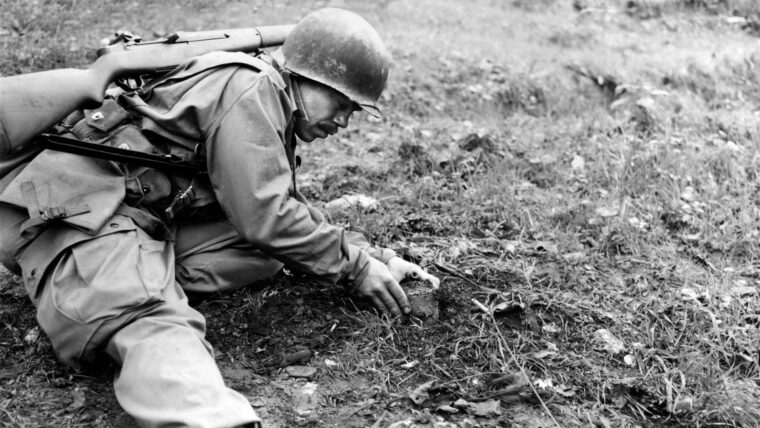
WWII
Red-hot grenade fragments sliced through First Lieutenant Bill Munson’s left arm and shoulder, causing him to fall backwards onto the lip of a German machine gun nest. Read more
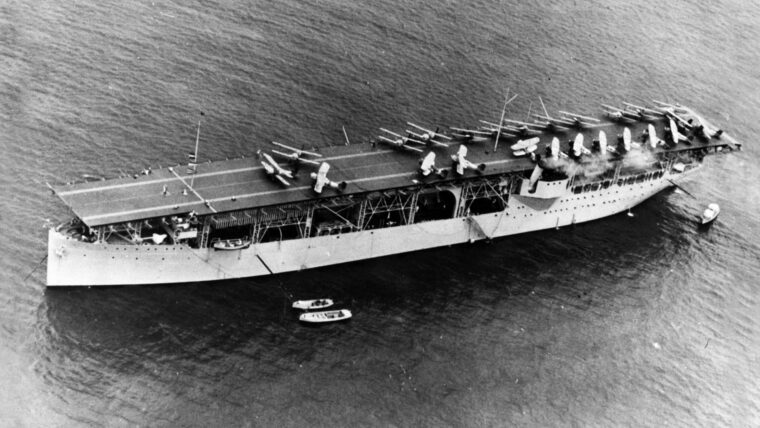
WWII
Five years after Great Britain had launched HMS Argus, the world’s first aircraft carrier, in 1917, and following the signing of the Washington Naval Treaty on February 6, 1922, the U.S. Read more
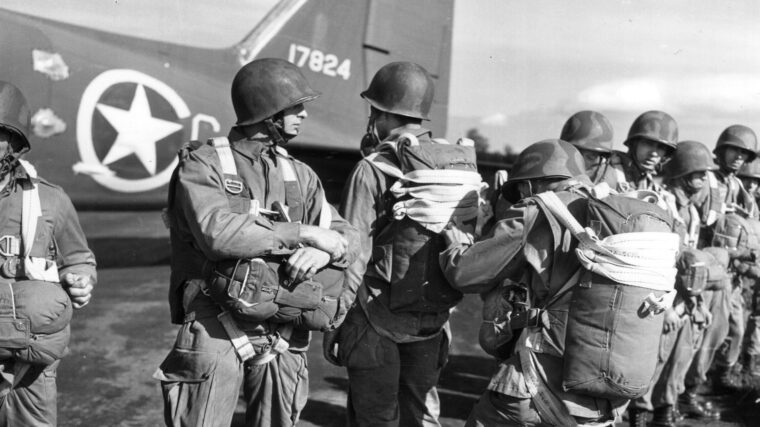
WWII
Only two years after the U.S. Army officially sanctioned the formation of an airborne arm, American paratroopers were committed to a vast offensive against Axis forces on the coast of French North Africa. Read more